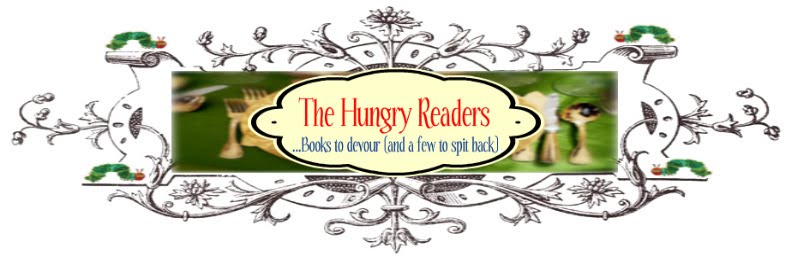Fromental, J.L. & Jolivet, J. (2006). 365 Penguins
081094460x
Appetizer: On the first day of the new year, a family received an anonymous surprise in the mail: Penguin number 1. The little beasty needs to be cared for, which the family does, only to be surprised the next day with another delivery, Penguin number 2. And on and on, the family keeps receiving another penguin everyday.
I was very excited when I first saw this book online, and even more excited when I got my hands on a physical copy. 365 Penguins
My excitement dulled a little though, after I opened to the first few pages. There's a lot more text on each page than I was expecting. And it's spread out around the page, making the book much more busy than it has to be. Also, the illustrations get more and more difficult to take in because there are so many different actions on each page and because the pages are so big.
While I initially thought the book would be great for preschoolers or kindergartners to help with counting, as I read, I soon learned there was some more advanced math, double-digit addition, some multiplications, etc. Way beyond the skills of the wee kindergartners. But at the same time, I think the story problems and illustrations wouldn't really rock second or third graders' worlds for too long either.
So, basically, I'm having trouble knowing the age appropriateness of this book. I think a teacher could still use this book across all these ages, he or she would just have to focus on the math questions that are grade-appropriate, but I do feel that not restricting the types of math questions to a certain level is to the book's detriment.
Dinner Conversation:
"On New Year's Day, at nine o'clock in the morning, a delivery man rang our doorbell."
"I'm number 2 and like number 1, I need you to take care of me."
"This time the note said, "There's always a 3 after a 2. Please take care that I don't catch the flue.""
"February has only twenty-eight days. Each morning another penguin arrived. That made:
31+28=??"
To Go with the Meal:
This would be a good book to help first, second and third graders to count, do some additions and multiplication, to understand the number of days there are in a week, each month and year.
Students could also do the addition and multiplication problems the text encourages by adding up the number of penguins, the cost of their food, etc.
Through listening to this book, young readers will also get a small insight into the responsibility of caring for a pet (or MANY pets, as the case may be). In reaction to hearing the book, students could discuss their own pets, their ideal pet and the names they would (or have) given them.
A teacher could also lecture on global warming and pair sharing this book with March of the Penguins
And despite the environmental message, the frustrated family threatens violence or inhumane storage for the penguins throughout the story. That, ah, kinda counteracts the environmental message. Just a little.
Tasty Rating: !


No comments:
Post a Comment